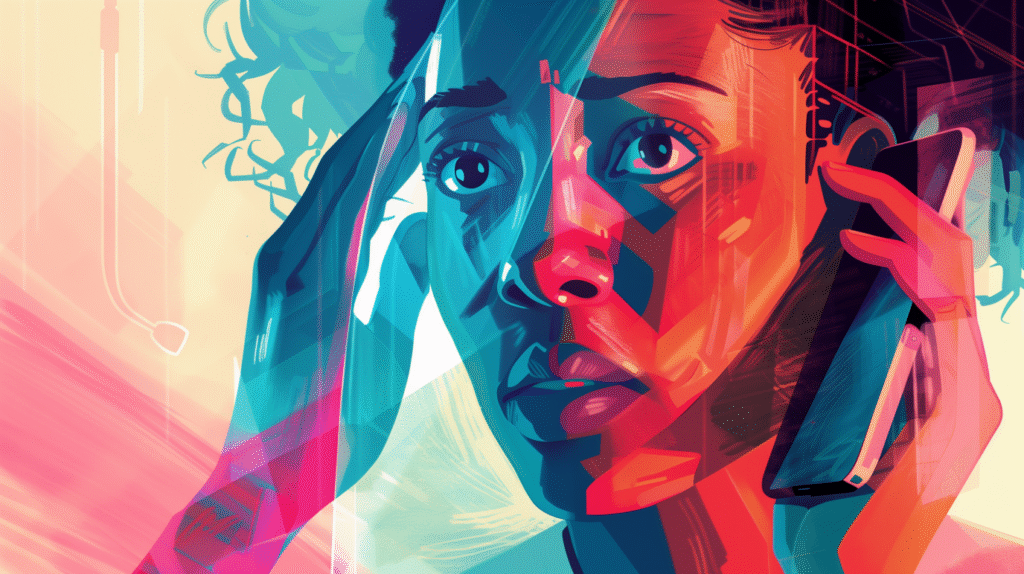
The next breach won’t come through the front door. It will come from a trusted login. A partner integration. A reused password.
Behavioral health organizations hold vast amounts of sensitive data. That makes them prime targets, especially if they still rely on outdated security models. Traditional perimeter-based security assumes that once you’re inside the network, you’re safe. That assumption no longer holds.
Zero Trust Security changes the equation. If your agency hasn’t made the shift, it’s time.
Not Just an IT Upgrade. A Survival Strategy.
Zero Trust is a mindset. Trust no one. Verify everyone. Every user, every device, every system must prove who they are and why they belong, every single time.
This approach reflects reality.
In behavioral health, it’s true a breach lead to fines. More importantly, it disrupts care, damages relationships, and erodes the trust that defines the field.
Behavioral health Is especially vulnerable. EHR systems. Virtual care. Remote teams. Third-party platforms. Behavioral health organizations are more connected than ever. With that connectivity comes risk.
Cybercriminals know this. They’re exploiting it. Ransomware, credential theft, and data exfiltration are no longer rare events. They are routine.
Still relying on the old “castle and moat” model? That’s like locking the front door and leaving every window open.
What Zero Trust Delivers That Legacy Models Don’t
1. Real-Time Protection Instead of Wishful Thinking
Zero Trust enforces least-privilege access. Users and devices only get what they need, when they need it. No excess permissions. No shared logins. No hidden exposure. This narrows the impact of any breach and keeps clinical systems secure.
It also supports compliance. Continuous monitoring makes it easier to meet HIPAA, 42 CFR Part 2, and state privacy standards without relying on occasional audits. That’s why Xpio Health works with partners like Vanta to make compliance more practical and sustainable.
2. Insider Threat Is the Real Danger Zone
Zero Trust treats internal users with the same scrutiny as external ones. Staff, contractors, and vendors all face verification. Every access attempt is logged and evaluated. If a credential is stolen, the system limits the damage automatically.
No more hoping your VPN holds. No more wondering who still has access after they’ve left.
3. Resilience When It Matters Most
A breach can shut down operations, stall billing, and delay care. Zero Trust helps you detect and contain threats quickly, preserving continuity and minimizing disruption.
For behavioral health leaders managing tight budgets and critical services, this is stability.
4. Ready for What’s Next
AI tools. Telehealth platforms. Remote documentation. Innovation doesn’t pause, and your security shouldn’t either. Zero Trust is built to scale. It’s cloud-native and designed to evolve with your organization.
Zero Trust isn’t fast or flashy. It’s methodical. You’ll need to assess your environment, identify vulnerabilities, roll out access controls, and keep them current.
The result is worth it: stronger defenses, cleaner audits, and a team that knows your systems and your patients are protected.
Xpio Health supports behavioral health organizations through every step of this transition. From EHR optimization to risk assessment, we help you build a secure, sustainable future. Our team meets you where you are and gets you where you need to be.
In behavioral health, cybersecurity is about something much more important than technology. It’s about trust.
You don’t get a second chance to protect your patients. Are you ready to verify instead of assume? Talk to Xpio Health about adopting a Zero Trust Security framework that protects your data, your care delivery, and your future.
#BehavioralHealth #ZeroTrust #Cybersecurity #PeopleFirst #XpioHealth #HIPAACompliance #DataProtection #EHRSecurity #HealthcareResilience




